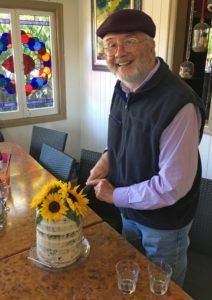A Colombian Adventure with Dan Ludgater
Dan Ludgater recently moved to Medellin, Colombia to pursue the Digital Nomad lifestyle. His Colombian Adventure so far is something most of us would love to do.
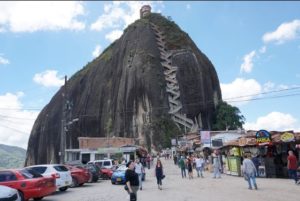 So you’ve been living in Medillin, Colombia for the last 2 months. How does it compare to life in Brisbane?
So you’ve been living in Medillin, Colombia for the last 2 months. How does it compare to life in Brisbane?
Well, everyone speaks Spanish… except for me lol. It’s actually been fun learning a new language and doing our best to navigate situations. My “food ordering Espanol” is pretty good now, and as far as we know, no one has ordered any mystery meats.
It’s also FAR more dangerous here. Kidding. When you mention a Colombian Adventure to most people, they think Cartels and Cocaine… Which would be accurate if it was 25 years ago. Though, to be fair, it wasn’t safe to travel outside the cities until about ten years ago.
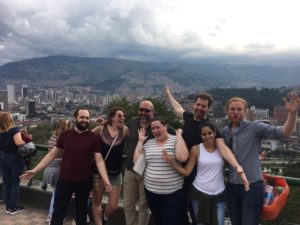
Another big difference was living in an apartment with several friends and colleagues. The first month there were 6 of us sharing. Pros and cons to that, of course, but overall it was a lot of fun. As I write this, my girlfriend and I are in our own place here with a magnificent view.
What made you want to go and try out the digital nomad lifestyle?
We always wanted to try living abroad, but it’s been challenging since my girlfriend has a full-time position back in Brissy (currently on leave). We almost moved here a couple years back on the recommendation of a friend (so that I could pursue an opportunity with a company that needed me on US time). Didn’t make sense to me at the time though. So when I was talking with some colleagues at an event in Florida in October last year, spending some time in Colombia came up. And since we wanted to do a trip around the same time anyway, we finally pulled the trigger.
What have been your favorite things about working in Colombia?
It’s been fantastic getting to spend time with my friends and colleagues. With 5 from all across the States and 1 from Ireland, it’s not often we’re in the same place. I also love getting to immerse myself in the culture and go do fun things in my down time. We went paragliding, climbed the rock at Guatape/El Penol, went through one of Escobar‘s mansions that was bombed by the Cali Cartel, and plenty more. Being on a US timezone has been a nice bonus for me, too.
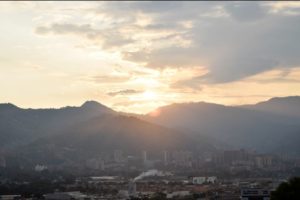
Tell us about the type of work you do while you’re abroad?
I help my clients grow their businesses with more effective marketing and copy. Fortunately, that means that I can work from anywhere as long as I have a laptop, wifi and a head set.
Have you had any serious or interesting problems on your travels?
Nothing too scary. We’ve had some times where debit/credit cards were rejected. Which can be stressful if you don’t have cash on you. But that was mostly when trying to do transactions online or through apps.
Another thing comes to mind. Not really a “problem”, and kind of funny… We had a couple occasions where we did a tour and were told by our driver, “If we get pulled over at a police checkpoint, we’re friends from when I visited Florida a couple years back.” The driver still had paperwork going through for that, and seeing as Uber is essentially illegal here (though everyone uses it anyway), they don’t want to look like that’s what’s going on.
Though their driving, on the other hand, WAS terrifying.
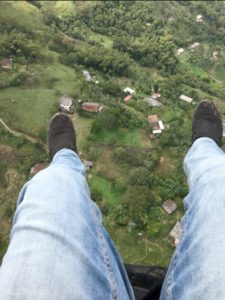
Are you going to be continuing your digital nomad lifestyle longer term? If so where is your next destination?
Absolutely. We’ll be coming back here again at some stage and no doubt will tour more of South America. Also want to check out Spain, Portugal and some other spots in Europe. As well as Thailand and Vietnam.
Do you have any advice for people wanting to trial the laptop lifestyle and work abroad?
A lot of people still have this fantasy of sitting on a beach with their laptop. Obviously it’s nothing like that. In fact, it’s hard work. That said, there are some professions where remote work is now viable. For me, as a freelancer, I’m responsible for making sure I have clients that can keep the money flowing. But, if you work hard during the day, that leaves the nights and weekends open for adventure. And there’s plenty of that to be had.
We hope you enjoyed Dan’s Colombian Adventure? If you’re currently on an excellent adventure, or about to take one, why not drop us a line so we can feature you here. Just click right here to send us some information.
We also know that while Dan’s is on this Colombian Adventure, he is watching this BLOG, so if you have any questions for us or Dan, please feel free to ask in the comments section below.
Cheers!

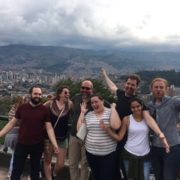
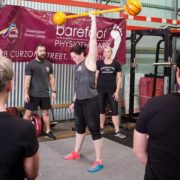
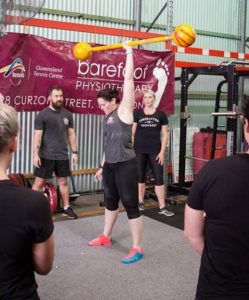
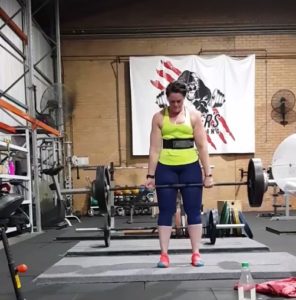
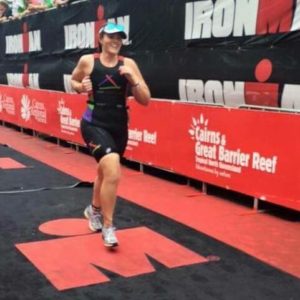
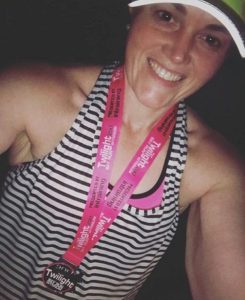
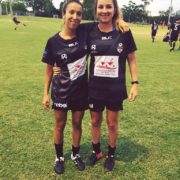
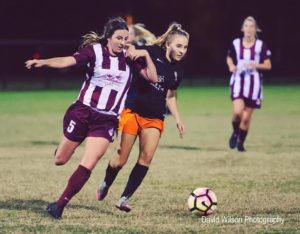
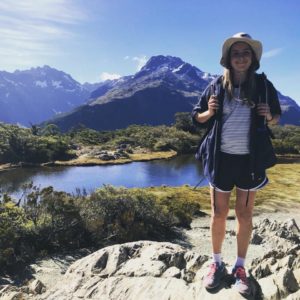 You recently went on a trip to New Zealand, where is your next trip going to be and why?
You recently went on a trip to New Zealand, where is your next trip going to be and why? 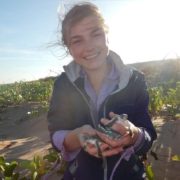
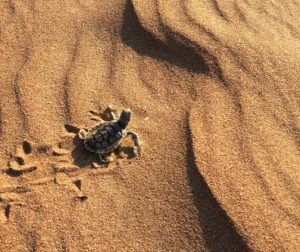
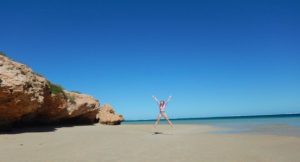 A few projects I’ve worked on have also involved surveying the beaches for poachers. Luckily this isn’t a problem in Australia, however is still a reality in many countries where sea turtles lay their eggs. I fell in love with sea turtles on a project in Costa Rica in 2012 with an amazing crew of local conservationists who were dedicating their lives to protecting them. Only a few months after I came home in 2013 one of my mentors, Jairo Mora Sandoval was brutally murdered by poachers. Its hard to believe, but this is how serious animal trades have become in some parts. I’ve never met someone as passionate for conservation as him, and I promised myself that Jairo’s death would not be in vain.
A few projects I’ve worked on have also involved surveying the beaches for poachers. Luckily this isn’t a problem in Australia, however is still a reality in many countries where sea turtles lay their eggs. I fell in love with sea turtles on a project in Costa Rica in 2012 with an amazing crew of local conservationists who were dedicating their lives to protecting them. Only a few months after I came home in 2013 one of my mentors, Jairo Mora Sandoval was brutally murdered by poachers. Its hard to believe, but this is how serious animal trades have become in some parts. I’ve never met someone as passionate for conservation as him, and I promised myself that Jairo’s death would not be in vain.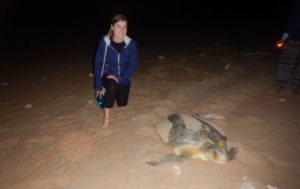
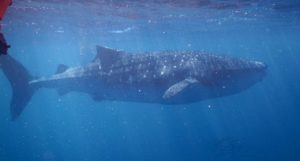
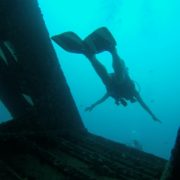
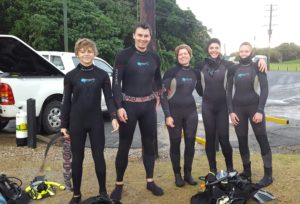
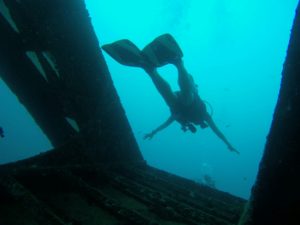
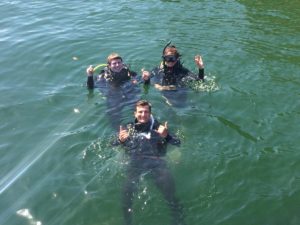
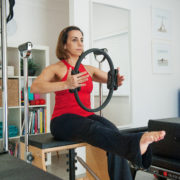
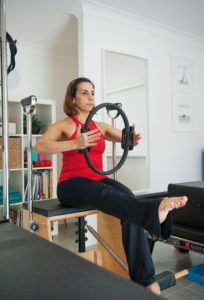
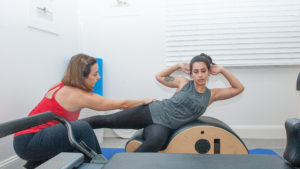 I completed my Pilates diploma in English, which is my second language, but I have since equipped my library with some manuals in Spanish as well. I studied them and gained confidence with all the Pilates terminology in both languages, so now I run classes in both English and Spanish.
I completed my Pilates diploma in English, which is my second language, but I have since equipped my library with some manuals in Spanish as well. I studied them and gained confidence with all the Pilates terminology in both languages, so now I run classes in both English and Spanish.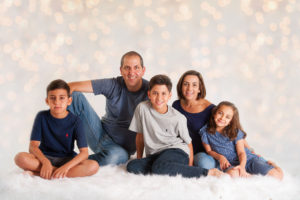
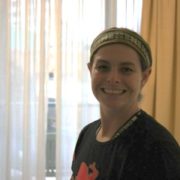
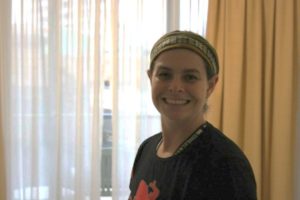
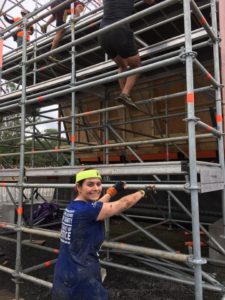
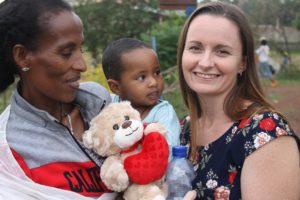
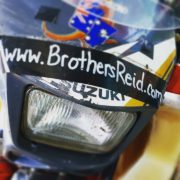
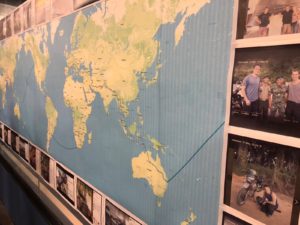
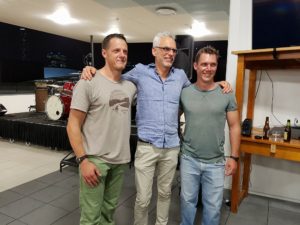
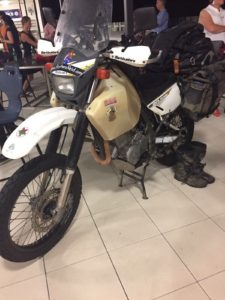
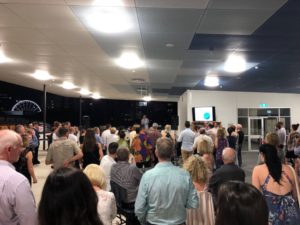
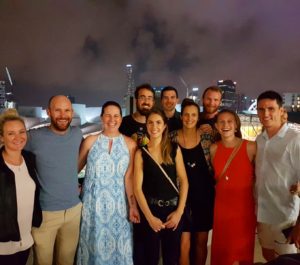
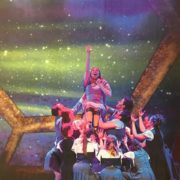
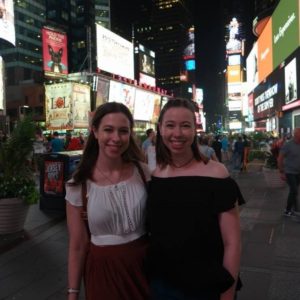
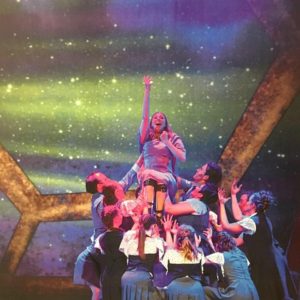
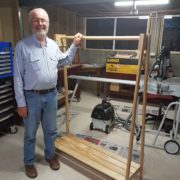

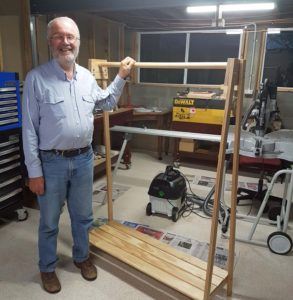 Well yes I went to the Men’s Shed because I wanted to learn about how to use big machines like drop saws, bench saws, large routers, drill presses and things like that. The Shed has a very well-equipped woodworking and metalworking workshop and great teachers.
Well yes I went to the Men’s Shed because I wanted to learn about how to use big machines like drop saws, bench saws, large routers, drill presses and things like that. The Shed has a very well-equipped woodworking and metalworking workshop and great teachers.
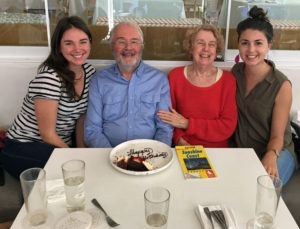 We also had a meeting of this group on a ship that was travelling along the West Coast of Norway, delivering supplies to all these little towns at the ends of fjords. We started off in Trondheim and we ended up in Tromsø, which is right inside the Arctic circle. Having a meeting on a ship is actually very useful… you can’t get off so everyone has to stay in the meeting.
We also had a meeting of this group on a ship that was travelling along the West Coast of Norway, delivering supplies to all these little towns at the ends of fjords. We started off in Trondheim and we ended up in Tromsø, which is right inside the Arctic circle. Having a meeting on a ship is actually very useful… you can’t get off so everyone has to stay in the meeting.